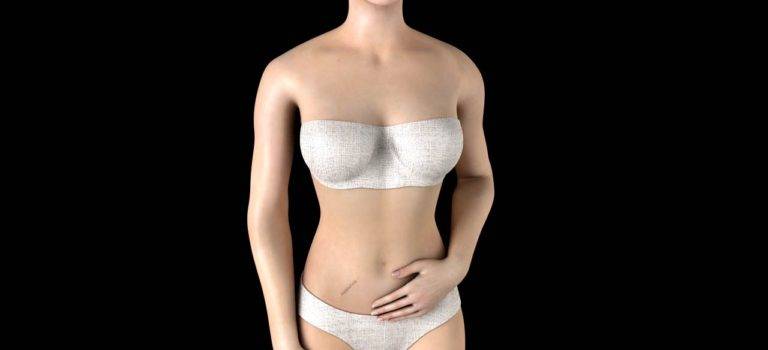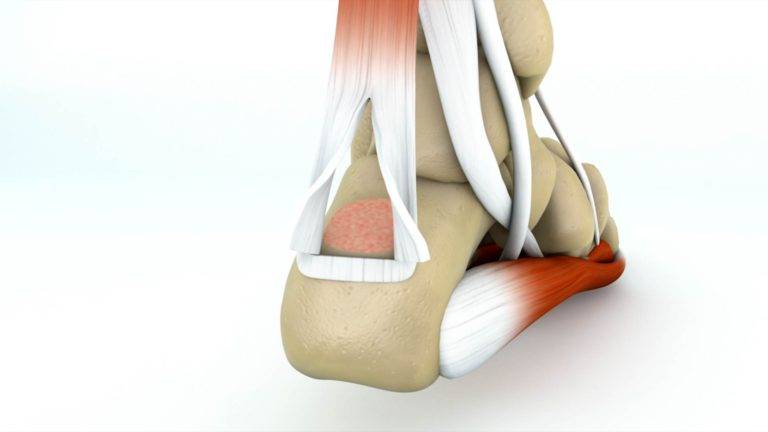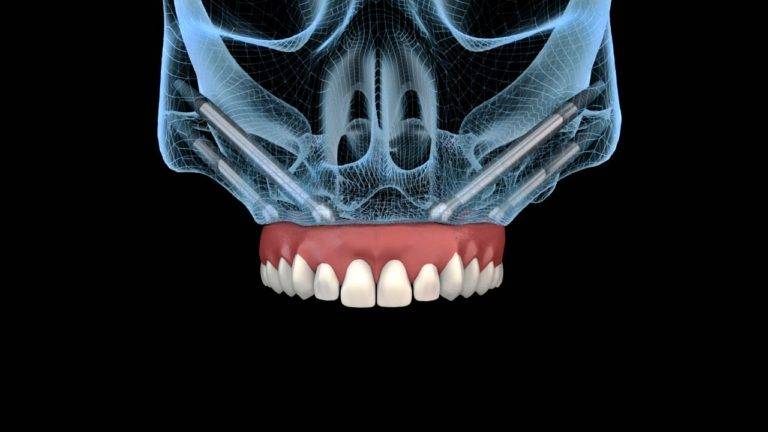Medical animation videos are a great source of medical marketing and education in the healthcare industry and pharmaceutical companies. This help in understanding the working of medical equipment. At the same time, these can let you visualize internal body functions by creating a lifelike representation.
Various medical fields are now using medical animation videos for different reasons in the healthcare industry.
Who can use medical animation videos?
Do you want to know who can use medical animation videos? Well, medical animations have been widely used in different medical sectors. Let’s learn who can use medical animations below to understand things better here.
So, here we go:
Doctors and Surgeons
Training doctors and surgeons is a challenging yet one of the most important aspects of the healthcare industry and education. This process can be more daunting when training is held online. Due to the enhanced convenience of online surgical and healthcare courses, online surgical planning and training have become the latest trend.
Medical animation videos have become a vital part of training for surgeons and doctors in the healthcare industry. These are not only providing a more engaging and easier-to-digest training mode. Medical animations are also efficient in saving time.
The main characteristics of these animation videos are their crisp details and preciseness.
Medical College Professors and Students
Medical animation videos are also amazing to illustrate internal organ mechanisms, bones’ structures, models of objects, etc. These videos are highly helpful in training future doctors and medical college professors who want to practice surgical skills.
Additionally, professors and students can use animations to understand critical medical processes. Medical institutes have widely adopted medical animation videos. It is mainly because of these help in:
- Capturing the attention of a learner more quickly
- Accelerating learning processes even for complex subjects
- Providing a lifelike visualization of complex medical processes.
Using different visualization techniques in medical animation has made these an irresistible learning tool. These videos can provide students clarity about different procedures that they can’t get otherwise. These animations can increase their visualizations and helps professors in the healthcare industry to describe the details of a procedure better. Consequently, students can interact with the concept and content of a subject in the best possible way.
Hospitals and Clinics
Here we have another most important use of medical animation videos. Hospitals and clinics can use medical animation videos for efficient communication with their staff and patients. Medical professionals at hospitals and clinics can improve patient conversations using medical animations.
With images and high-quality visuals, they can have a better reference point for their patients. Doctors here can use this reference point to explain what they want their patients to understand.
Most importantly, medical animations have different capabilities that other visual communication forms don’t have.

Pharmaceutical companies
Pharmaceutical companies have faced the biggest challenge of sharing knowledge with other professionals. Fortunately, medical animation videos have facilitated this challenge.
- Pharmaceutical companies are now opting for high-quality 2D and 3D medical animation videos.
- Pharmaceutical companies have used medical animation videos to transfer knowledge, share updates, and new drug explanations.
- For example, pharmaceutical companies can use medical animations to present Drug’s MOA. These visuals are incredibly helpful in increasing the understanding of MOA effects.
Moreover, the content and animation style used for describing drugs MOA will base on the audience and the details you want to convey. Medical animation can reflect the binding of a new drug with cell structure. This will make it easier for the pharma industry to describe the action mechanism of any drug engagingly.
Biotech companies
Biotech companies can use medical animations to turn critical processes into compelling visuals and easier-to-understand narratives. Companies can use these animations as an efficient tool to explain processes and their reactions easily.
Biotech companies can use medical animations to educate a massive audience. Moreover, medical animations can also save research in this field. They can use medical animations to avoid explaining complicated, invisible procedures. Instead, they can rely on animation videos to perform the job of explaining procedures on their behalf.
Above all, they will have more time to focus on their core tasks.
Patient Education
Patient education has become another important application of medical animation videos. A medical animation video with compelling visuals and lifelike explanations can easily make them focused on the core message.
Hospitals, clinics, and healthcare professionals can use medical animations to keep their patients aware of their health concerns. Without medical animations, it becomes harder for doctors to communicate well with patients about their health problems. This state is truer for multiple reasons, including medical jargon, speedy communication, patients’ lack of knowledge, etc.
Fortunately, medical animation videos have brought more benefits to patient education.
Dental Clinics
Dental Clinics also use medical animation videos as a powerful educational tool. These animations provide dentists with the best way to communicate, teach, train, and explain any treatment or condition in dentistry. Using high-definition medical animations can also help them as a better marketing solution.
Dentists who use animation videos to describe and present their patients’ oral condition can grow better. This practice can help them to stand out among others easily.
Dentists can use animation videos made on different subjects. These may include Implantology, Periodontics, Prosthesis, Orthodontics, etc. These animation videos can offer a deep understanding and education of every subject. Ultimately, communicating with your patients will also become easier.

Medical Equipment Manufacturers
Static slides are unable to properly describe the working of medical equipment. This fact is truer when it’s about presenting innovative or complex medical equipment operations. Fortunately, medical equipment manufacturers can now leverage the power of animation videos. These visuals can help them to innovatively and engagingly present their equipment working to various audiences.
The audience may vary from medical professionals to investors or patients. Medical equipment manufacturers can use these animations to describe their equipment’s anatomy, complex conditions, and use.
Above all, animation videos also play a vital role in equipment marketing. They can use these as demonstrations and efficiently attract more healthcare practitioners and general users for their tools.
Final Thoughts
An effective medical animation video is best to provide a realistic depiction of whatever subject it has. Due to multiple reasons, the medical industry has been using medical animations broadly. Each medical animation video type has its clear uses and audience.





























